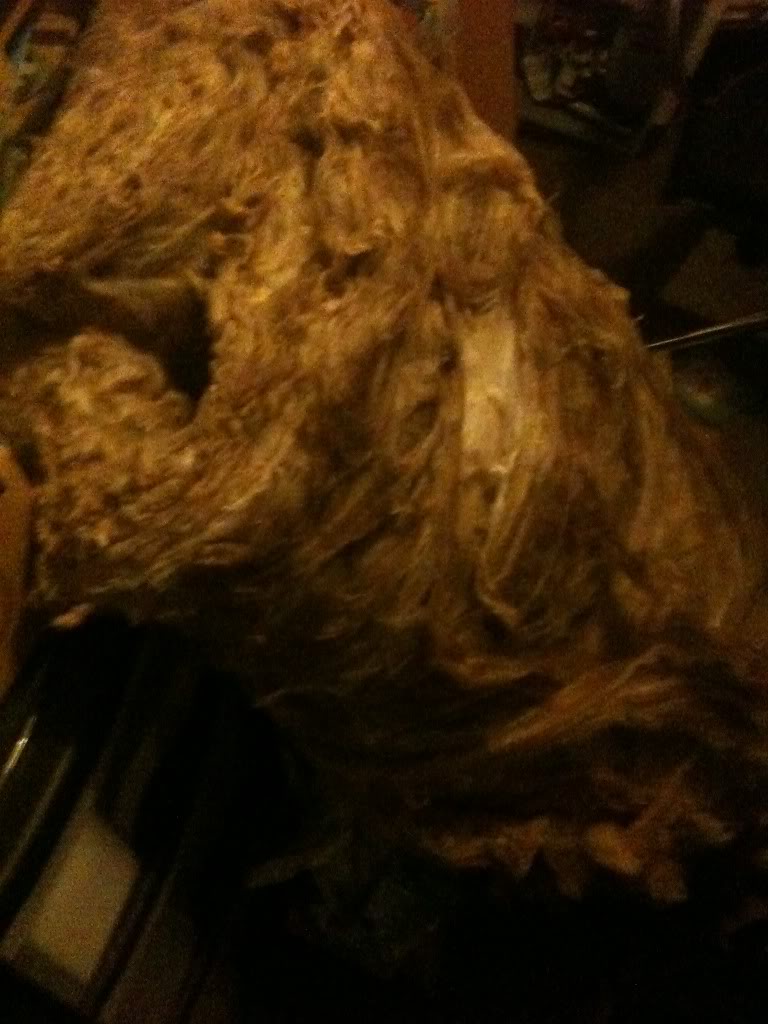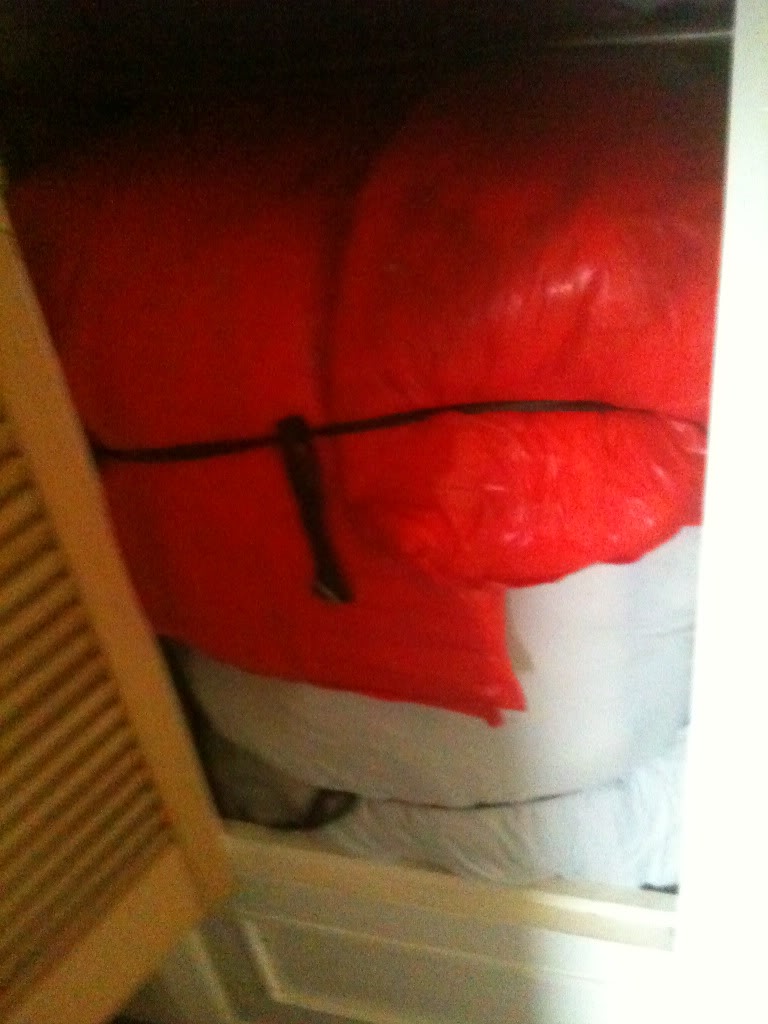It's all this comparing water to electricity that's made me remember this.
The trouble was this,
I live in a shared house, and something was a little wrong with our gas bill.
It seems a bit weird to say that really. the problem went unchecked for quite a while, because being a rented house we had this knackered old boiler (that one day was found to be unsafe and replaced by a new boiler).
But our gas utility bills still stayed really high, this was in January, and it's been snowing, so we'd been inside the house a lot, and had our heating on a fair bit, we'd had hot water that filled up our hot water tank, and the water was set to always be hot.
For January our gas bill came in at £260 for the month.
The fact that there are 4 adults in my house made this bill manageable, but it was not comfortable to be spending that much on utilities especially since the house was always freezing!
That bill was a bit of a wake up call. Honestly, we'd known that the house was full of drafts, (you only had to stand a few feet away from a door to feel the cold air), but being as it was a rented house we didn't really want to be the ones to pay for fitting draft excluders, but that month we realised that we were actually paying more for not fitting draft exclusion strips around the doors.
Solving the problem
So we made a quick trip to the shops, we bought several packs of the very thin brush strips that have self adhesive backing and go round the doors.
These were applied to the frame of the exterior (outside doors) and the next door in from those, (so the strip was applied to the back door that leads into the kitchen, and around the kitchen door that leads into the rest of the house.
We also bought draft excluder brushes to go at the bottom of the doors, we attached these to the front and back (exterior) doors, and the effect was immediate!
Not only did the house feel warmer straight away, but by the time we got a bill for February we'd saved over £100 on our gas bill.
Still, something wasn't quite right though.
Through march the weather actually got warmer so we were able to run the heating off completely, and still our gas bill didn't really change. we'd assumed that because our radiators were pretty old and knackered, that we were running a boiler really hard to try to heat the house and that's what was taking up all the gas and costing us loads each month.
So next we looked up at the hot water tank.
In our bid to reduce energy we'd decided that we didn't need hot water 24x7, we just needed hot water in the morning and evening to shower and to clean dishes etc. so we used the timer on the boiler to tell it to heat the water twice a day.
We were noticing that when the water was set to come on though (when the water in the tank dropped below a certain temperature, and at 4 in the afternoon) that it was always coming on, and the cupboard that the tank was in was always very hot.
It was soon clear that the problem here was that the tank wasn't very well insulated at all.
The Tank
The tank was an old copper tank, that when bought did not have any insulation at all, (unlike modern tanks that are covered in expanded foam) someone had once upon a time tried to insulate the tank a little, wrapping some small red fibreglass filled pads around it and tying them on with string.
The trouble with these were that the fibreglass was only about an inch thick, and the largest pad was 1' x 2' so this patchwork of pads was terribly inefficient.
Another trip to the DIY store and we came home with a large roll of loft insulation, these rolls are about 4ft tall, and 15ft long, the cost of the roll was about £5.
It's not strictly just fibreglass, it's a fibreglass/sheep wool mix.
We unrolled the insulation, (don't be fooled by it's tight packaging when you unravel it it expands and is about 4 - 6" thick!) after unrolling the insulation we placed am old double duvet cover on top and cut to the size of the duvet cover.
Then we put the fibre glass insulation into the duvet cover and wrapped it round the tank, and tied it in place, the very top of the tank was capped off using the little red pads that has previously covered the entire tank.
Sadly, I don't have a before photo (and I'm not going to rip out all that work to get one!
What I do have though is before and after bills.
January - £260
February - £145 (this is the insulation improvements, the weather was still cold and nothing else changed.)
March - £90 (the weather improved and the heating went off leaving only hot water.)
April - £30 (the water tank insulation really made a difference.)
Now we didn't ask the landlords permission to make these changes, not even for the draft excluder strips that are screwed to the door. You may like to do that, we took that rather more risky approach of saying, when you rent a house you're always meant to leave it in the same or better condition as when you moved in, and we've drastically improved this house.
To be honest we're feeling a little stupid that we didn't do this a lot earlier now!
we're burning less gas, we're spending less money, and we're just as warm, if not more warm and comfortable in our house now than we were before.
And all of this took just two trips to the DIY store (though that could have been 1)
Cost
old duvet cover - free
Insulation £5
draft excluder stips (frame ones) x4 £20
draft excluder brushes x2 £10
£35, seriously that's all £35 and an evenings work to fit everything. and we saved far more than that in the first month before we'd even finished the job.


No comments:
Post a Comment